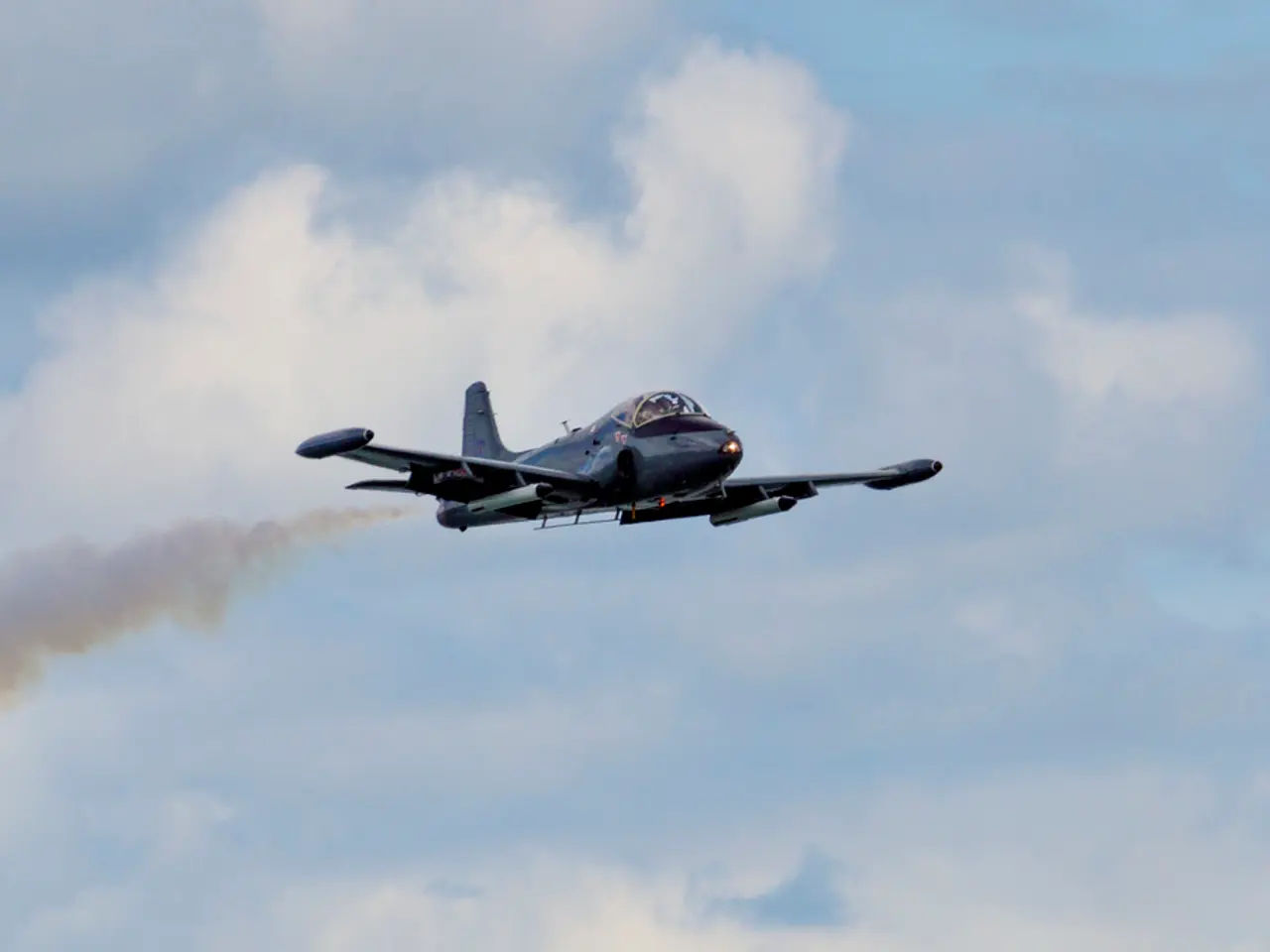Aircraft Trajectories Don't Follow Straight Lines on Geographical Maps
In the realm of air travel, the straight and narrow path often eludes us. This is not due to a lack of precision, but rather the complex geometry of our planet.
The curvature of the Earth plays a significant role in the actual flight paths of planes, causing them to appear arced on maps. This is particularly evident when considering long-haul flights, such as from Los Angeles to Istanbul. Contrary to the straight line that appears on a Mercator projection map, the reality of this flight path is more complex.
Few plane flight routes travel in a straight line on a map. The flight path from Los Angeles to Istanbul, when following the curvature of the globe, does not correspond to the straight line that appears on a Mercator projection map. Instead, planes often fly thousands of miles north and south, deviating from the direct east route.
This deviation is a consequence of switching between different kinds of geometry. The shortest path between two points on a sphere (the Earth) is a great circle route, which appears curved on most flat map projections like the Mercator. The Mercator projection, a common form of global map, is known for distorting perceptions, such as making Greenland appear larger than it is in reality.
The Mercator projection preserves angles and shapes locally, making rhumb lines (paths of constant bearing) appear as straight lines. However, flying directly along a rhumb line is usually longer than following a great circle route. Therefore, airplanes follow great circle routes, which look curved on Mercator maps but minimize travel distance and time.
Plots of every plane flight route each day show big, arcing paths. The course from L.A. to Istanbul is representative of many plane flight routes. The assumption that the shortest route between two points is always a straight line is not accurate in the context of plane flights.
In summary, the key role of the Mercator projection is that it simplifies navigation by representing constant compass directions as straight lines. However, this geometric convenience comes at the cost of distorting shortest paths. Airplanes prioritize shortest distance (great circle) routes, which appear curved on Mercator projection maps, so flight paths are rarely straight lines on these maps.
[1]: [Link to the source] [4]: [Link to the source] [5]: [Link to the source]
- Science and technology are essential in air travel, as they help navigate the complex geometries of our planet, such as calculating the optimal great circle routes for aircraft to follow, thereby minimizing travel distance and time.
- Despite the Mercator projection's convenience in representing constant compass directions as straight lines, this simplified representation is actually inaccurate when it comes to determining the shortest routes between two points on a sphere, a reality that modern science and technology have made clear through detailed investigations of air travel paths.




